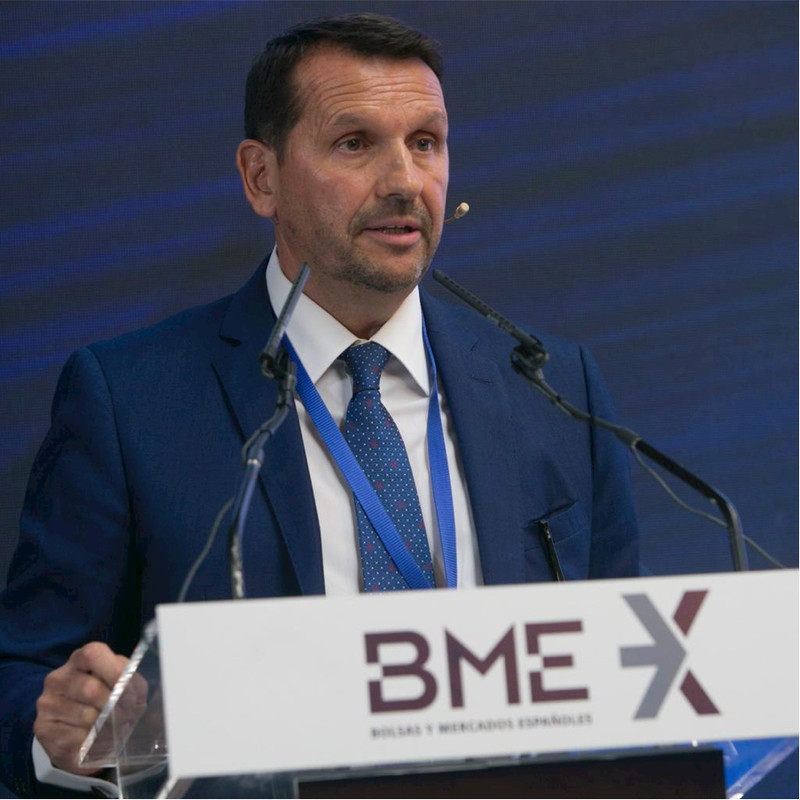Different settlement cycles are causing corporate actions processing problems for North American and E.U. markets. But there are potential solutions on the table.
A trio of European industry associations says agreement has yet to be reached in the approach firms might take to navigate the impact of T+1 on corporate actions processing for multi-listed and multi-traded securities.
The Association for Financial Markets in Europe (AFME), The Federation of European Securities Exchanges (FESE), and the European Central Securities Depositories Association (ECSDA) recently wrote an explanatory note on the impact of the move to T+1 in the North American markets May 28, 2024, on corporate actions.
“Unfortunately, we have not been able to arrive to a common agreement,” the associations said in their note.
“The move fundamentally alters the landscape for corporate actions processing,” Jesús Benito, Securities Services, SIX — a member of AFME — tells FTF News. It was an aspect that was not paid much attention to before the transition, he says, particularly, multi-listed securities in North America and Europe.
“As long as settlement cycles are in T+1 in the North American markets, and T+2 in Europe, whenever there is a corporate event — even the most vanilla corporate action, which is the payment of a dividend from any share — there is a problem in which there are different dates for paying this dividend,” Benito says.
The question of how European firms are going to process these securities has been a topic of discussion during the last few months, between the stock exchanges, CSDs, and intermediaries in order to try to achieve a common standard for those specific cases of dual-listed, multi-listed securities in North America and Europe in the time that the gap of T+1 and T+2 is in place.
“At the EU level, a task force [is] gathering a variety of actors intervening along the chain, from custodians to investment funds and Financial Market Infrastructures (FMIs). It is currently undertaking an analysis of the possible ideas on the changes of operational processes which should be reshaped in case of a move to a T+1 settlement cycle in Europe,” says a spokesperson from ECSDA.
Three different models are being evaluated.
Model 1 proposed that multi-listed securities listed in North America be settled on a T+1 basis, even when traded on European venues and settled in a European CSD. However, this model was deemed too complex to implement and was quickly discarded.
Model 2 suggests that for North American-listed equities, European key dates i.e. the Ex Date is the same as the record date.
“This was one of the possibilities, which the stock exchanges were in favor of for the clear reason that in this model, there would not be any gap in the prices of these equities traded in these stock exchanges in America and Europe, as long as the Ex Dates, both in the US markets and in the European markets are the same,” Benito says.
European Exchanges are ready to support any settlement cycle and have implemented their preferred model to deal with specific cases in corporate actions, according to Marián Caro Martínez-Berganza, communications officer at FESE.
“The paper published outlined the different models that were discussed. We do not foresee issues in this respect from a trading venue perspective,” Martínez-Berganza says.
However, as the explanatory note points out, Model 2 diverges from the current European Standard.

Jesús Benito
Model 3, therefore, suggests European key dates continue to follow existing standards, but complications arise due to the differences between North American and European listings, if the securities are listed in North America but not Europe, or only traded in Europe.
“The solution is clearly that Europe moves to T+1 one as soon as possible. These complications are one of the costs of Europe not moving or moving slowly to T+1,” Benito adds.
Need a Reprint?